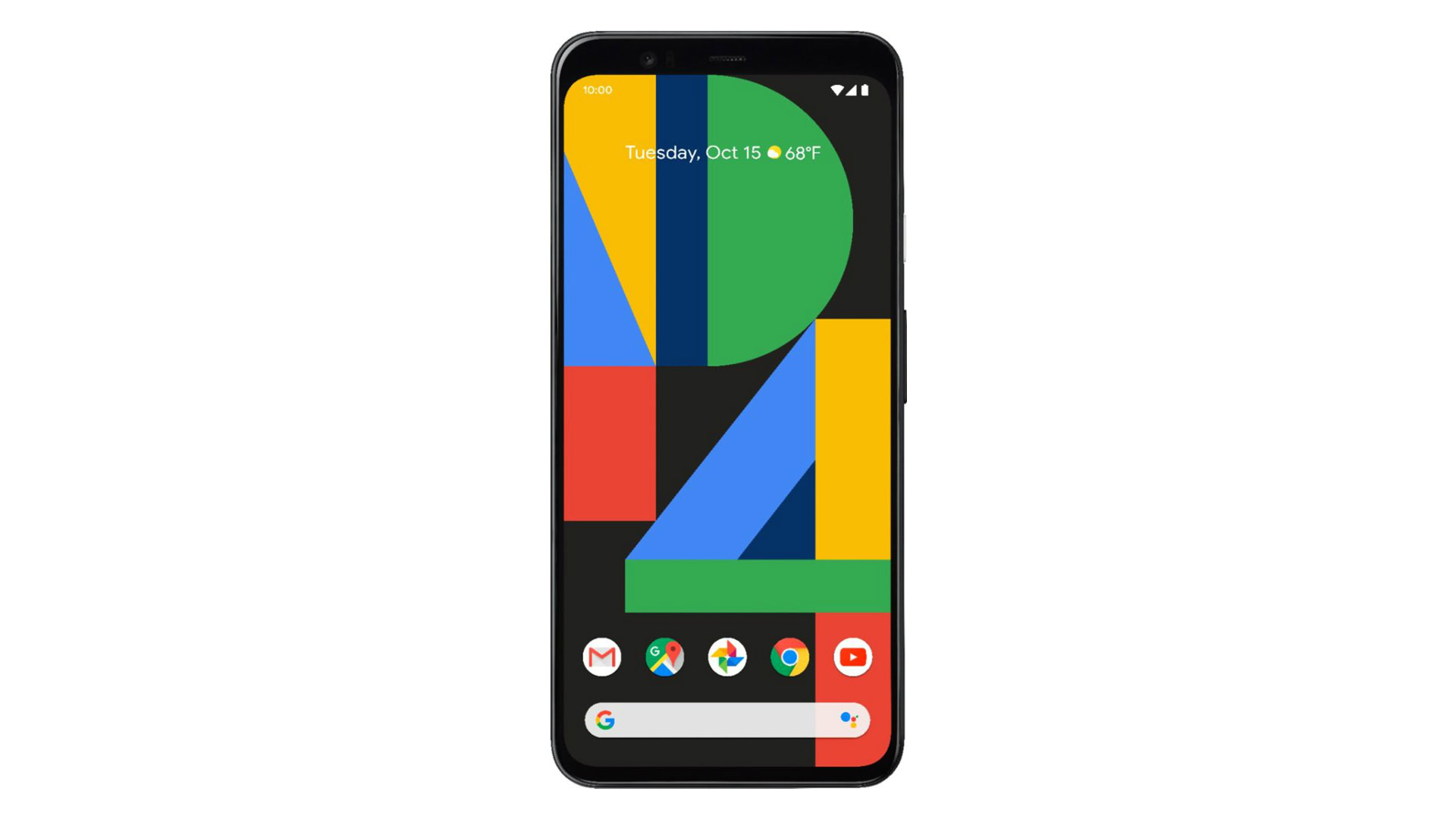Affiliate links on Android Authority may earn us a commission. Learn more.
Google Pixel 4 XL one year later: Is it still worth buying?
Published onOctober 10, 2020
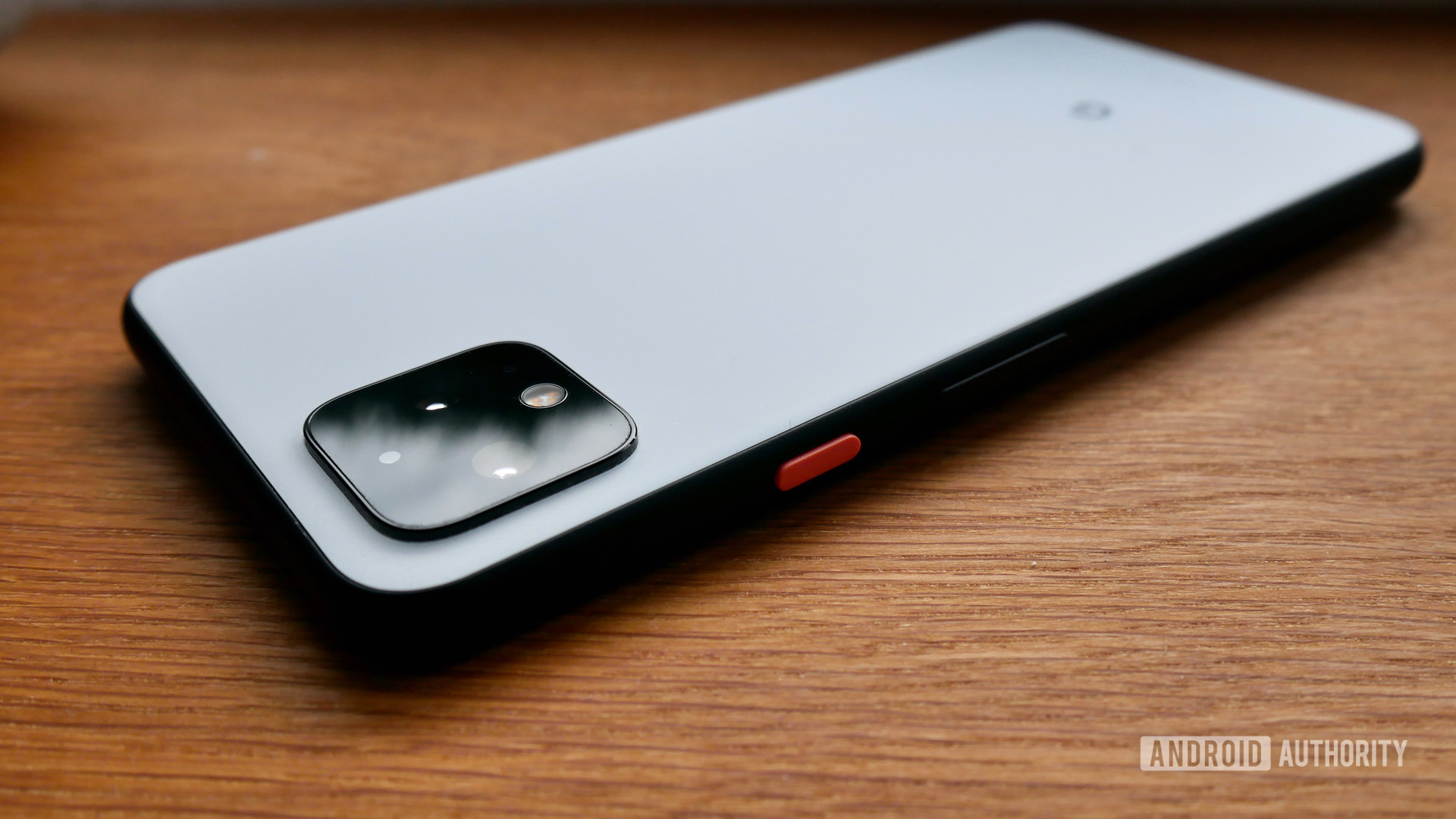
Google has an impressive knack of creating polarizing products. The Pixel series is no different. These are phones that have been lavished with critical praise as much as they’ve received scorn for lacking fundamental features you’d expect from a modern smartphone. 2019’s Pixel 4 and Pixel 4 XL exemplified this love-hate relationship many have with Pixel phones.
Me? I love Google phones, warts and all — have done ever since the Nexus 4. The winning combo of pure Android software and innovative (even when doomed) features has been a cornerstone of the Nexus/Pixel lineage and that continued with the Pixel 4 XL.
With the newly revealed Pixel 5, Google is looking to right some of the wrongs of its predecessor. But is the Pixel 4 XL still worth buying a year later, or should the most divisive Pixel to date be consigned to the history books?
Google Pixel 4 XL review recap
Before we get to our current thoughts, why not refresh your memory on what we had to say about the Pixel 4 series back at launch. You can read our original Google Pixel 4 XL review and check out our video review embedded above.
From bad to worse

The Pixel 4 XL was never a bad phone, but it was a compromised one in myriad ways. Sadly, those sour notes have only become less palatable over time.
Battery and charging
The Pixel 4 XL’s battery life was sub-par in 2019. In 2020, it’s barely tolerable.
The 3,700mAh cell falls far below the average 4,000mAh+ sizes we’ve seen in 2020’s best, with some even pushing beyond 5,000mAh. Google’s Adaptive Battery feature and other software optimizations can’t mask averages of five hours screen on time. You might hit six at a push if you avoid playing any kind of media content like video, music, or games, but that kind of defeats the point of having a smartphone doesn’t it?
It also doesn’t help that fast charging maxes out at 18W and wireless charging is capped at 11W. Both of those aren’t terrible by any means, but they are mediocre at a time where 25W+ is the norm for a flagship phone.
TL;DR, do not buy the Pixel 4 XL if battery anxiety puts your teeth on edge.
Motion Sense
Intended as a novel new way of controlling your phone with hands-free gestures, Motion Sense turned out to be mediocre at launch and is just as underwhelming today.
The Pixel 4 XL’s radar tech is still hit-and-miss, with hand waves and swipes ignored as often as they are actually registered. Despite promising early on that the feature would grow over time, Google added a pause and resume music gesture in March and… that’s it.
I turned Motion Sense off long ago to save battery life and I’m sure I’m not alone in taking that trade-off. Soli still has a lot of potential — remember those early teasers? — but perhaps not in the smartphone space.
Storage
Much like the small battery, the choice to include just 64GB of storage for the base Pixel 4 XL was roundly criticized at launch and looks even worse today.
It’s also another case where Google’s software band-aid strategy proves to be lacking. The Smart Storage optimizations are nice, but it can’t magically extend the ROM beyond its paltry maximum capacity.
Thanks to the 64GB model and a significant price hike for the 128GB model, Google’s storage price gouging with the Pixel 4 series topped even Apple in 2019. It’s telling that even Google’s cheapest phone in 2020 — the Pixel 4a — has 128GB base storage.
4K video
8K video is the new hot feature for top-tier smartphones right now, while 4K has steadily established itself as the new standard.
The Pixel 4 XL is capable of capturing ultra high-resolution footage too, with impressive AI stabilization no less. However, it’s capped at 30fps, leaving your clips feeling a lot less fluid than they should be, especially when viewed on a larger screen.
Those are my main gripes with the Pixel 4 XL and if any of them are deal-breakers for you, I don’t blame you at all. But before you write off the Pixel 4 XL completely, I should reiterate that I’ve been using this phone as my daily driver for a year out of choice.
Why? Because in spite of all the inherent flaws and quirks, it also contains some of Google’s best work in the smartphone industry to date.
Related: The best Google Pixel deals
The camera is still astounding
The Pixel 4 XL’s camera should require no introduction. It’s represented the pinnacle of point-and-shoot smartphone photography for the past year. Apple, HUAWEI, and Samsung have all excelled in phone camera imaging in 2020, but few have come close to matching Google’s excellence in the field of computational photography.
For its main shooter, the Pixel 4 XL relies on the same 12.2MP Sony Exmor IMX363 sensor found in every Pixel phone released since the Pixel 3 in 2018. That includes the Pixel 5. The sensor itself is one of the smallest you can find on any recent smartphone, but Google’s software is working overtime to compensate.
Exposure is uniformly on point, dynamic range is stunning, colors pop without being too saturated, and the white balance is almost always accurate to life.
The only areas it struggles are in the finer detail where the smaller sensor is found lacking and in low light where noise begins to further creep in, though even these are well above the standard for many phone cameras. Plus, Google’s Night Sight papers over the low light issues remarkably well and adds a touch of flair with its fantastic astrophotography mode.
The secondary camera — a first for the Pixel series at the time — is a 2x optical, 16MP telephoto lens. It’s not a lot of zoom to work with, but anything up to 2x looks as crisp as the main shooter. Beyond that, Google’s Super Res Zoom software is doing some serious heavy lifting to produce serviceable images, though it won’t match a true periscope camera.
Even the selfie camera is ace, delivering bold portrait shots that don’t smooth out your facial features like so many other front-facing cameras.
The lack of an ultra-wide camera still stings and has thankfully been rectified for Google’s latest flagship as well as the Pixel 4a 5G — albeit at the expense of the telephoto camera.
The hardware gets a lot right
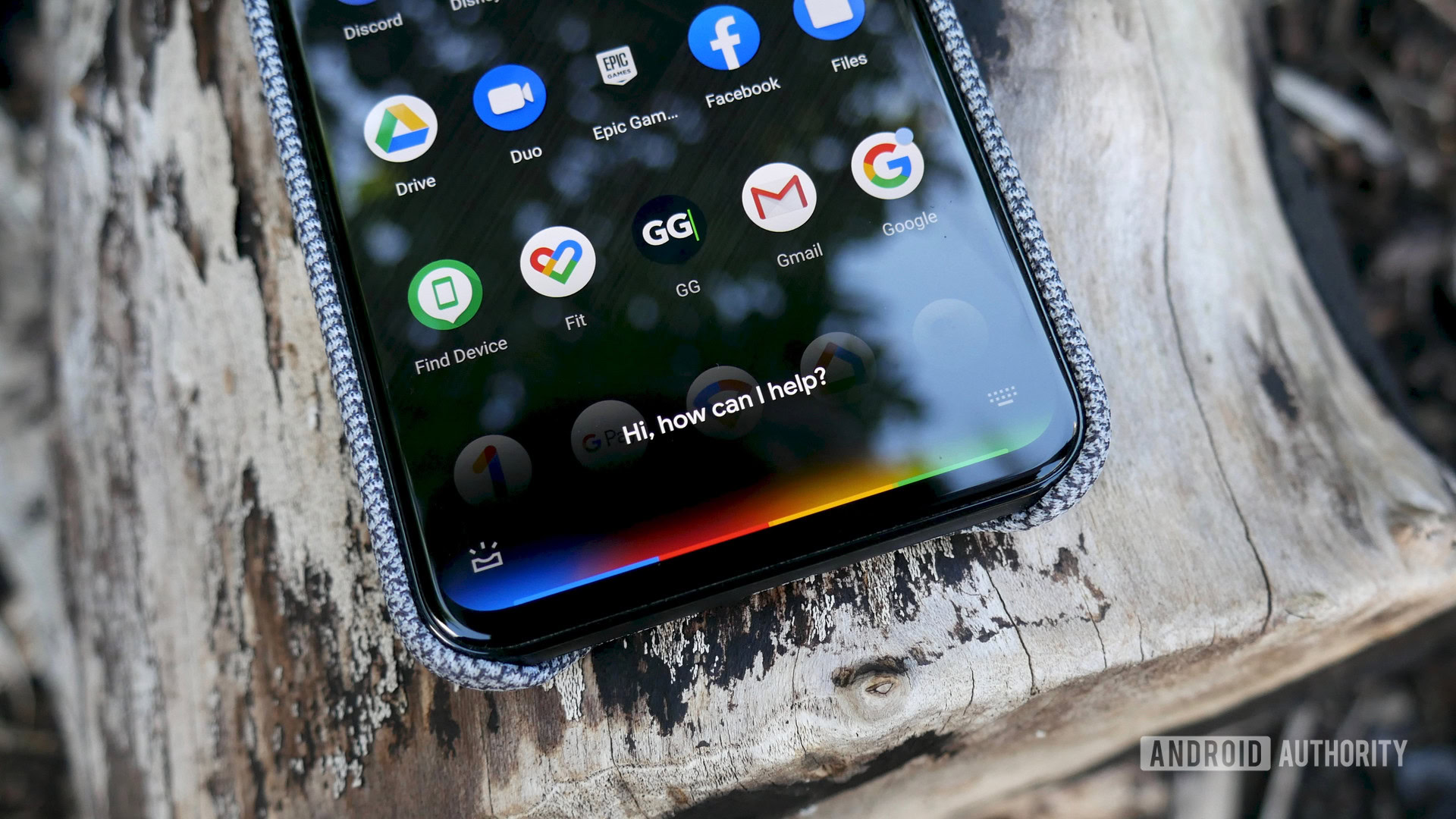
For all the aforementioned inadequacies in the battery and storage departments, the Pixel 4 XL’s hardware excels in the finer details.
The display, while now surpassed by OnePlus and Samsung’s best, is a big, beautiful, Quad HD+ OLED stunner. Its 90Hz refresh rate also seems quaint now with the uptick in 120Hz displays, but it represented Google jumping on a trend early and not a year or so behind.
The phone’s stereo speakers remain impressive, offering rich, balanced tones even at high volume. The haptics — a sorely underrated quality in smartphone design — are equally satisfying too.
There's no telling when we'll see another top-performing Pixel phone like the Pixel 4 XL.
Speaking of design, the overall look of the Pixel 4 XL remains cool and distinctly Google. The two-tone color split of previous Pixels was replaced with a contrasting metal frame and rear glass with a matte finish, and it still looks great today.
The knock against the design for many is the large forehead bezel. Personally, I’d take this over a punch-hole or the Pixel 3 XL’s bathtub notch, especially because it enables one of the phone’s best features: face unlock.
The current global pandemic has resulted in face biometrics becoming a feature non grata for smartphones, but there’s no denying that Google’s 3D face unlock system is the only true rival to Apple’s Face ID. It’s rapid, accurate, secure and, when not impacted by a (very necessary) face mask, a much more intuitive method of unlocking your phone than any fingerprint reader.
Finally, the Pixel 4 series was also the first and potentially the last Pixel phone to offer true, uncompromised flagship-tier performance, all of which holds up today.
The Snapdragon 855 chipset is blazing fast, the Adreno GPU handles any game you can throw at it, and the 6GB RAM — finally, mercifully upgraded from 4GB after several generations — prevents apps from always closing in the background just when you need them.
With the Pixel 5 switching to Qualcomm’s upper-mid silicon in the form of the Snapdragon 765G, there’s no telling when we’ll see another top-performing phone emblazoned with the Google logo.
The Google experience
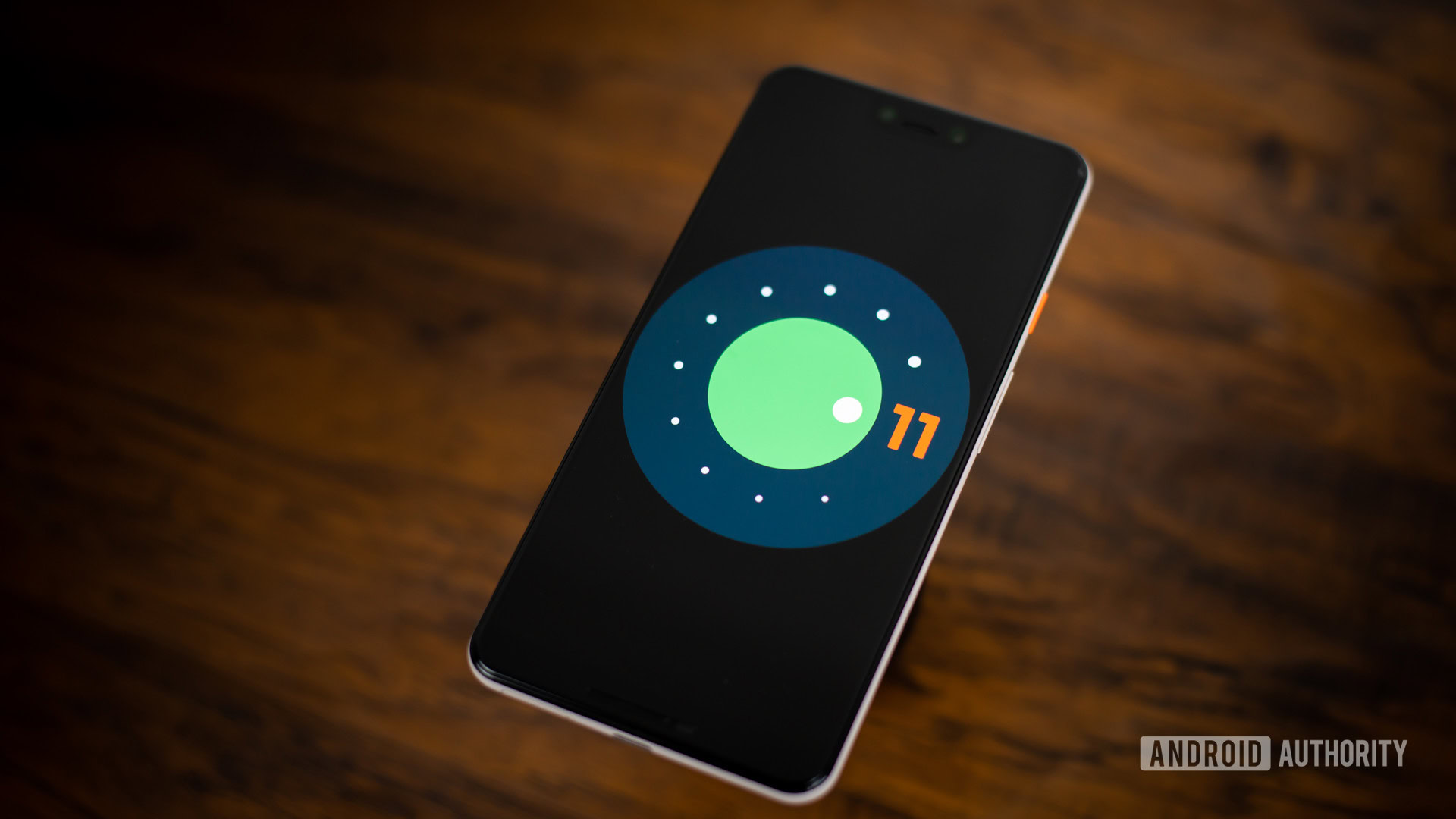
While the Pixel 4 XL hardware is a mixed bag, it should come as no surprise that the front-end software experience is impeccable and typically Google. Most of the great things about the Pixel UI are mirrored to some extent in Android skins from other OEMs, but Google’s version of Android feels like using the OS as the creator intended — because that’s exactly what it is.
The beating heart of the Pixel is the “new” Google Assistant and the Pixel 4 XL makes sure it’s never far away via voice commands, gestures, and Active Edge — squeezable pressure points on the phone’s frame that are sadly missing from the Pixel 5.
See also: Google Assistant guide
Elsewhere you get Discover, the best home screen feed option out there, and apps powered by the Pixel Neural Core such as the magical Recorder with its live, offline AI transcription feature. Pixel Feature Drops have also kept the Pixel 4 XL fresh with new functionality like Safety Check, Rules, Cards and Passes, and more recently with the launch of Android 11, AR location sharing.
Speaking of Android 11, the Pixel 4 XL was there on day one with the latest OS upgrade and will continue to receive all the latest Android features with version and security updates until at least October 2022. In addition, many of the Pixel 5 extras will trickle down to the Pixel 4 XL such as Extreme Battery Saver and Hold For Me.
All in all, there’s plenty of life left in the Pixel 4 XL yet.
Google Pixel 4 XL long-term review: The verdict
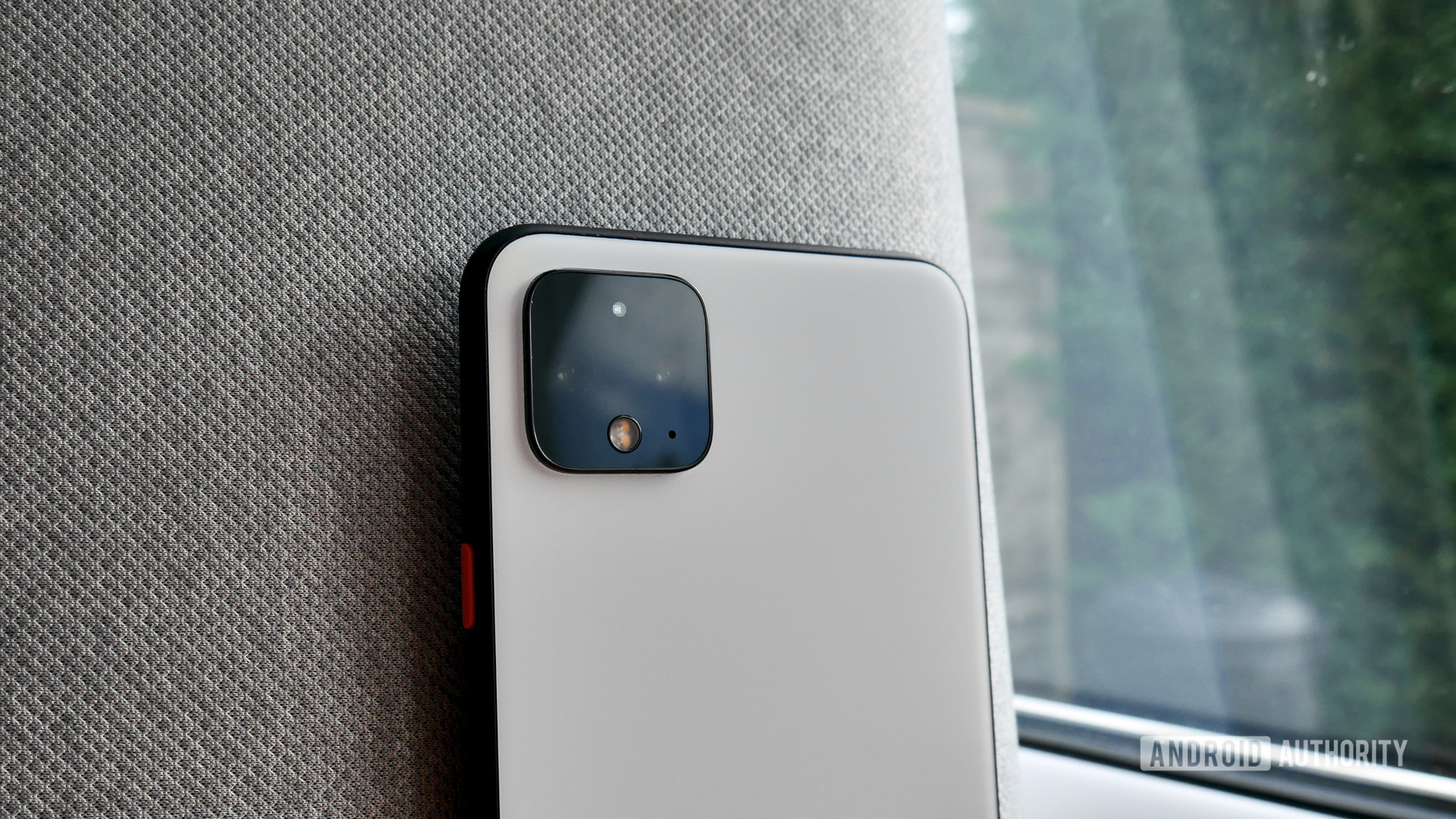
A year on and all of the Pixel 4 XL’s intrinsic flaws have only become further exposed. It was a difficult phone to wholeheartedly recommend at launch. Buying one today is a question of patience — are you prepared to sacrifice some fundamentals of modern smartphone construction for the Google experience in a true flagship shell?
For the past 12 months, the answer to that question for me has been yes. I’ve pined over the Xiaomi Mi 10 Pro’s immense battery life, the OnePlus 8 Pro’s super smooth 120Hz display, the OPPO Find X2 Pro’s ultra-rapid charging, the Galaxy S20 series’ versatility and all-round excellence, and basically every other phone’s base storage specs.
But despite testing and reviewing a bunch of different devices, I’ve always returned to the Pixel 4 XL for its quirky, Googley goodness. In the ongoing battle between my love and hate for Google’s larger fourth-gen Pixel, love always wins out in the end.
The Pixel 4 XL embodies the best and worst of Google in a single product.
With the Pixel 5 offering what appears to be a more back-to-basics approach, the Pixel 4 series’ messy, experimental edge feels all the more vital. That’s why it’s extra disappointing that the Pixel 4 and Pixel 4 XL were put out to pasture well before their time was due. Production for both phones ceased in August 2020, just 10 months after their initial release. If you still want a Pixel 4 or Pixel 4 XL, there’s still stock at plenty of retailers, but once they’ve gone that’s it. The price has also dropped significantly from its high $899 MSRP, so much so that it finds itself rivaling the Pixel 5’s $699 price tag.
Before you do rush out and buy one, you’ll want to weigh up the pros and cons of a particular Pixel generation that has some fundamental flaws. But if you want to rock a phone that embodies all the good and bad of Google’s approach to its hardware, software, and its bloated ecosystem all in one package, then the Pixel 4 XL is perhaps the most quintessentially Google product to date.
